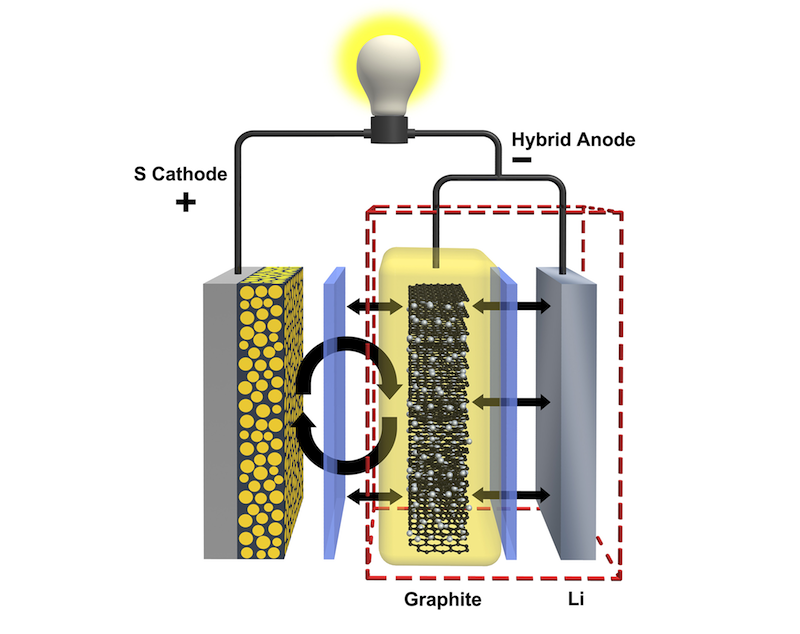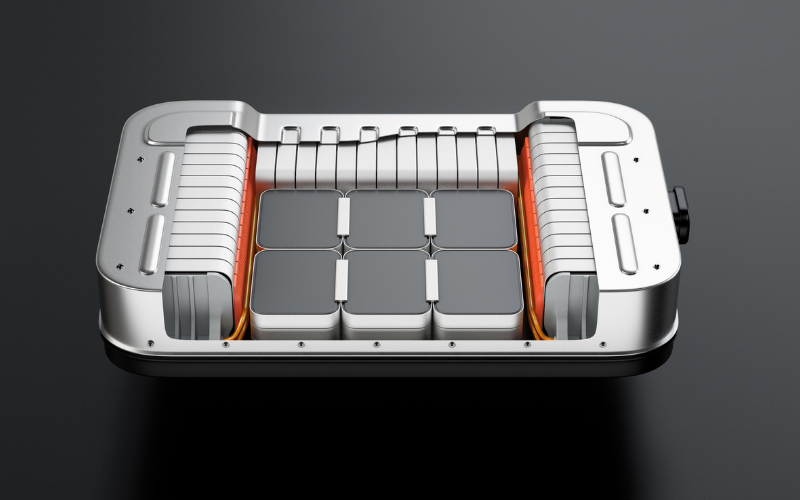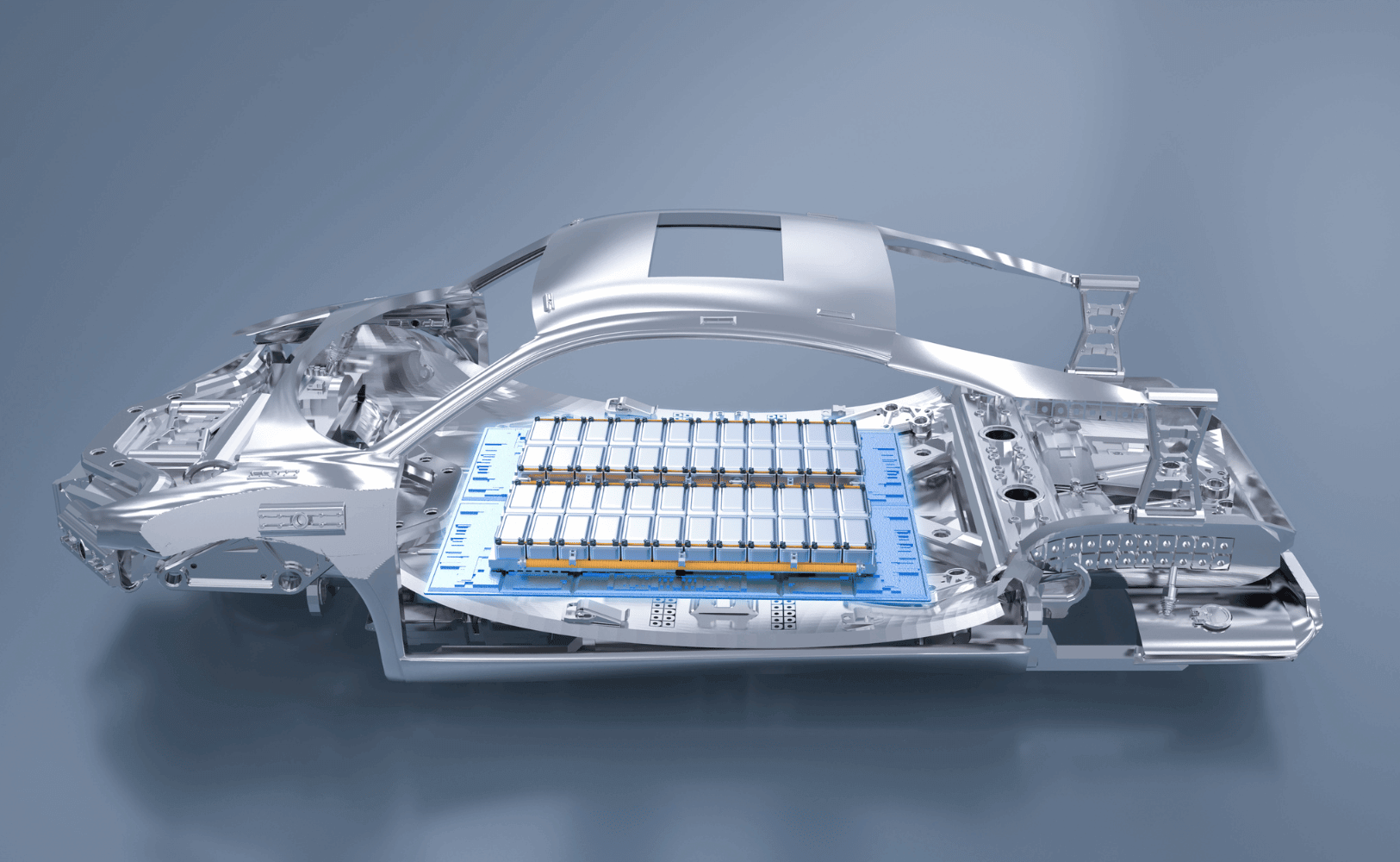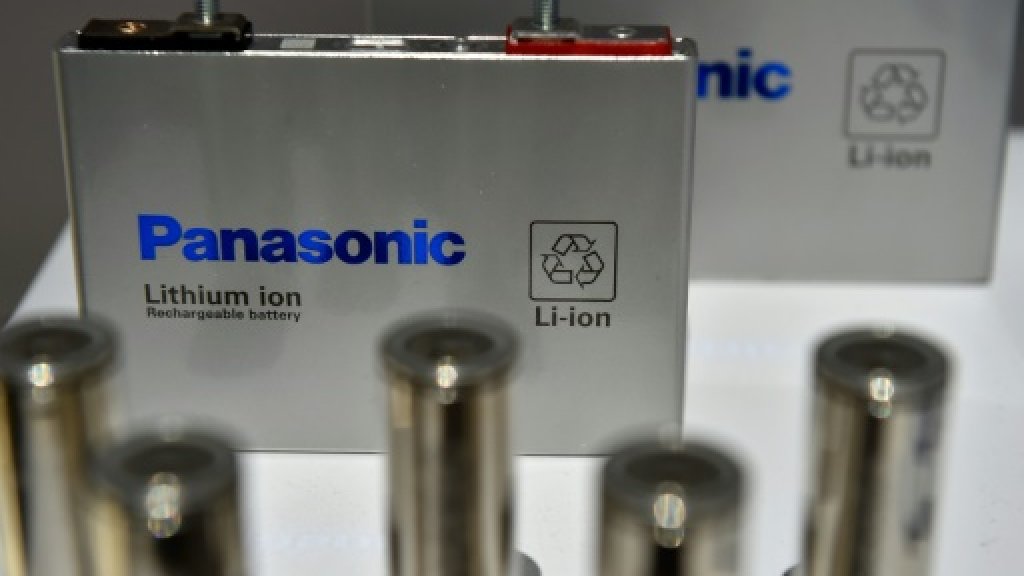Unveiling the Manufacturing Process of Electric Car Batteries: An In-Depth Look
BlogTable of Contents
- How Are Electric Car Batteries Made? | Macklin Motors
- What Happens to Electric Car Batteries at the End of Their Life ...
- Asia in charge of electric car battery production | Euromena Energy
- Battery development may extend range of electric cars
- How Are Electric Vehicle Batteries Made? - The New York Times
- Battery development may extend range of electric cars
- Progress of electric car batteries: the key to the evolution of transport
- Electric Car Battery Life
- How are electric car batteries made? - Buying a Car - AutoTrader
- Electric Car Battery Production: A Deep Dive into its Environmental ...



Introduction to Electric Car Batteries



Step 1: Cell Production


Step 2: Module Assembly
Once the individual cells are produced, they are assembled into modules. A module typically consists of several cells connected in series and parallel to achieve the desired voltage and capacity. The modules are then housed in a protective casing and connected to a battery management system (BMS).
Step 3: Battery Pack Assembly
The modules are then assembled into a battery pack, which is the final product that is installed in the electric vehicle. The battery pack consists of several modules connected together, along with a BMS, cooling system, and other components. The pack is designed to provide the necessary power and energy to propel the vehicle.
Step 4: Testing and Quality Control
Before the battery pack is shipped to the vehicle manufacturer, it undergoes rigorous testing and quality control. This includes testing the pack's performance, safety, and reliability, as well as ensuring that it meets the required standards and regulations. The production of electric car batteries is a complex and multi-step process that requires careful attention to detail and a commitment to quality. From cell production to battery pack assembly, each step is critical to ensuring the performance, safety, and reliability of the final product. As the demand for electric vehicles continues to grow, the importance of efficient and sustainable battery production will only continue to increase. By understanding the manufacturing process of electric car batteries, we can appreciate the innovation and technology that goes into creating these crucial components.Author: Alfie Perrine
Note: The article is written in HTML format, with headings (h1, h2, h3) and paragraphs (p) to structure the content. The title is new and SEO-friendly, and the article includes relevant keywords (electric car batteries, manufacturing process, lithium-ion cells, battery management system) to improve search engine optimization. The word count is approximately 500 words.